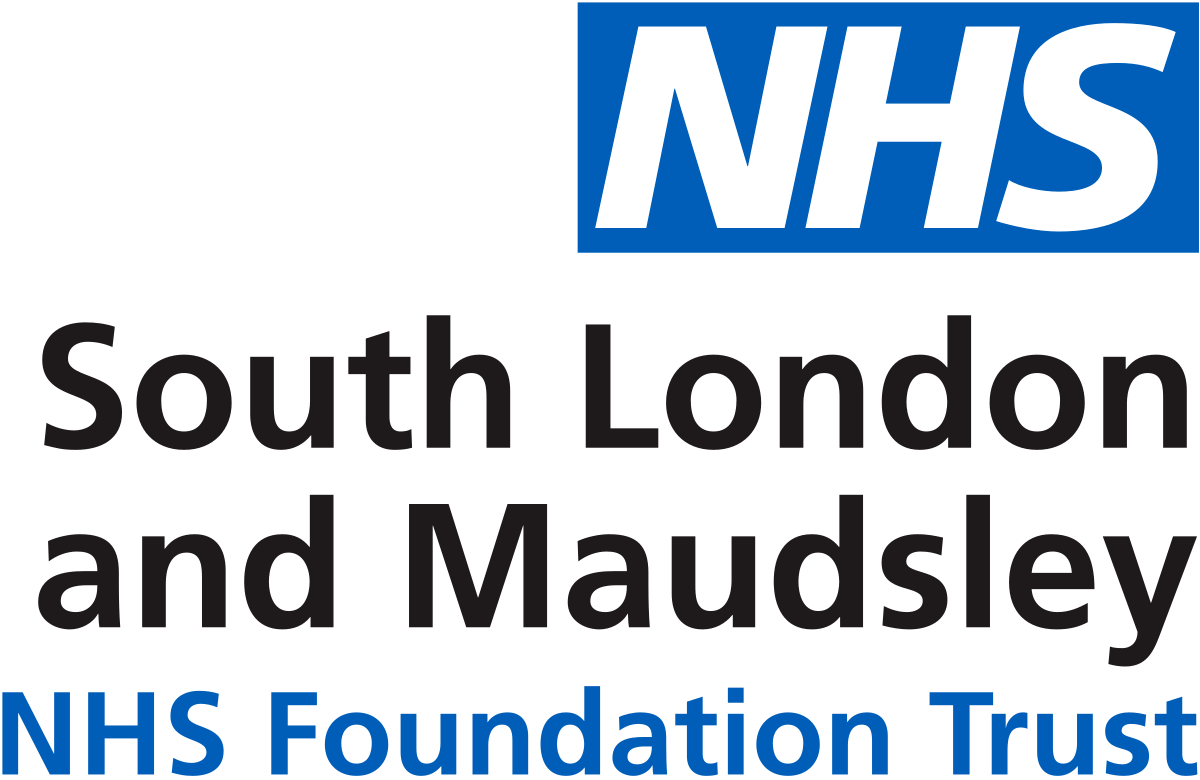Electronic Patient Observations
The Client
The South London and Maudsley NHS Foundation Trust (SLaM) provides the widest range of specialist NHS mental health services in the UK. The trust has more than 230 services including 52 inpatient wards, as well as outpatient and community services.
The Context
SLaM are leading the way in implementing electronic patient observations in specialist mental health care and as a result, were awarded NHS GDE (Global Digital Exemplar) status.
In 2015, the trust began a two-ward pilot of Open-eObs, an Open Source electronic observation tool.
Open-eObs allows clinicians to record observations, such as weight and blood pressure using desktops or handheld devices. The system then calculates a score, based on the Royal College of Physicians standard NEWS guidelines. When scores exceed thresholds, the escalation process is triggered and alerts are sent to specialists.
Following the success of the pilot, SLaM decided to roll this out across all wards, and were looking for a supplier to support the transition to live.
Following conversations with The Apperta Foundation, who are the custodians of the open source codebase behind the application, OpusVL were recommended to SLaM.
Impressed with what they'd seen and convinced that they had found the supplier they needed, SLaM officially partnered with OpusVL in 2017.
The Brief
SLaM's objectives for the electronic observation tool were to automate workflows for patient allocation and task escalation, whilst increasing safety and accuracy.
As the mental health environment is different to the more common acute setting, the application needed to be designed around patients who are not necessarily allocated to a bed.
In order to inform the strategy for helping SLaM achieve their targets, JJ Allen, Project Director at OpusVL, explained that they began with "a workshop to gather the stakeholders together and develop a shared understanding of the project goals". He said that they explored "technical, cultural and project management aspects", describing it as "a very thorough process".
The workshop included stakeholders from all areas of SLaM, as well as OpusVL's developers, identifying the following key areas of focus:
- Updating the escalation algorithm to align with new clinical needs
- User Experience (UX) improvements: reducing the number of key presses needed to perform tasks
- Establishing workflows to allocate patients to nurses, and then to doctors should further assessment be required
- Disabling functionality not required for this implementation
SLaM use an Electronic Patient Journey System (EPJS) to assign patients to certain wards within the Trust. This needed to work with the electronic observation tool, so interoperability with the HL7 interface was an important aspect of the project.
To prepare for eventual production use, OpusVL carried out an analysis on performance and capacity requirements for the application. Having measurable performance characteristics is essential to evidence operational capability prior to rollout.
